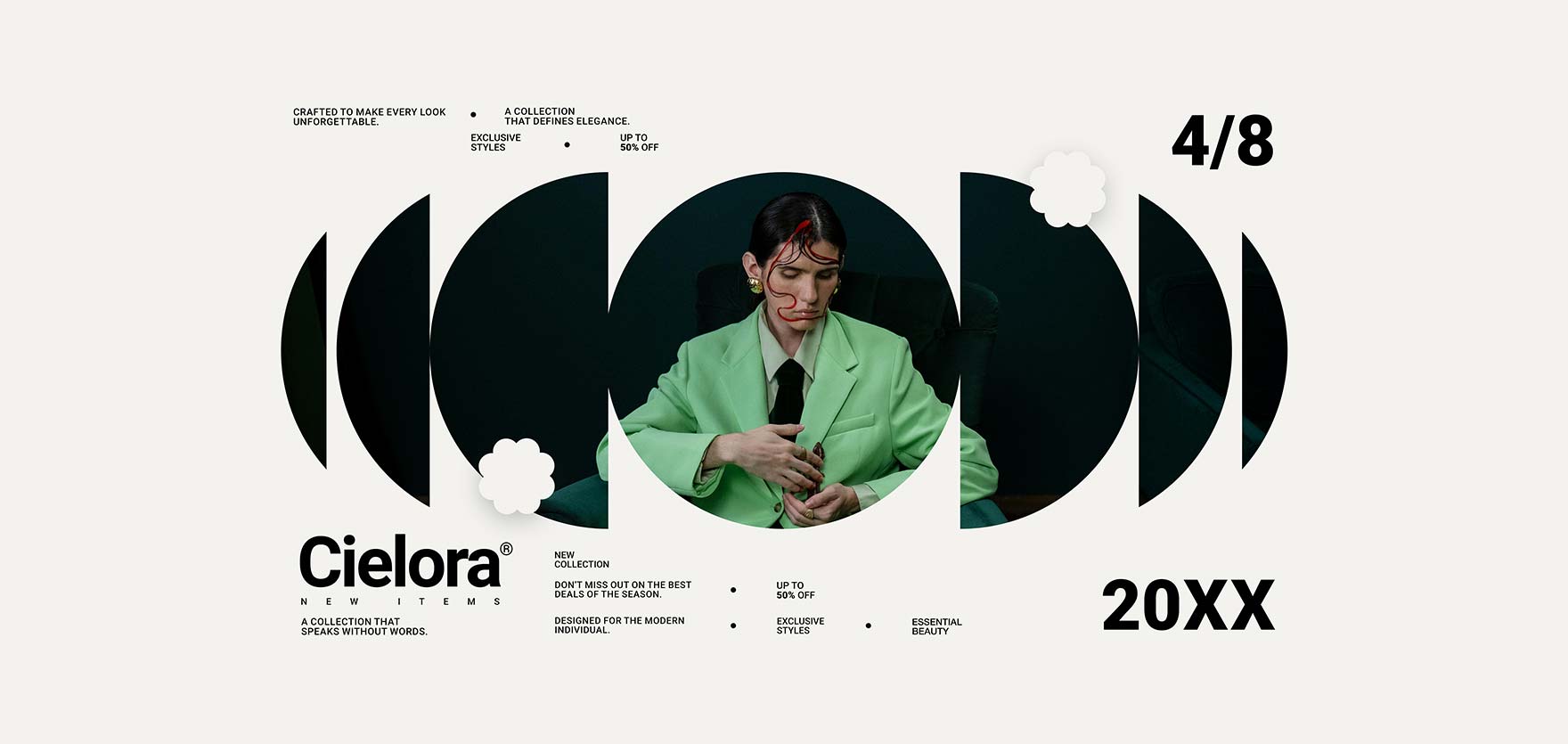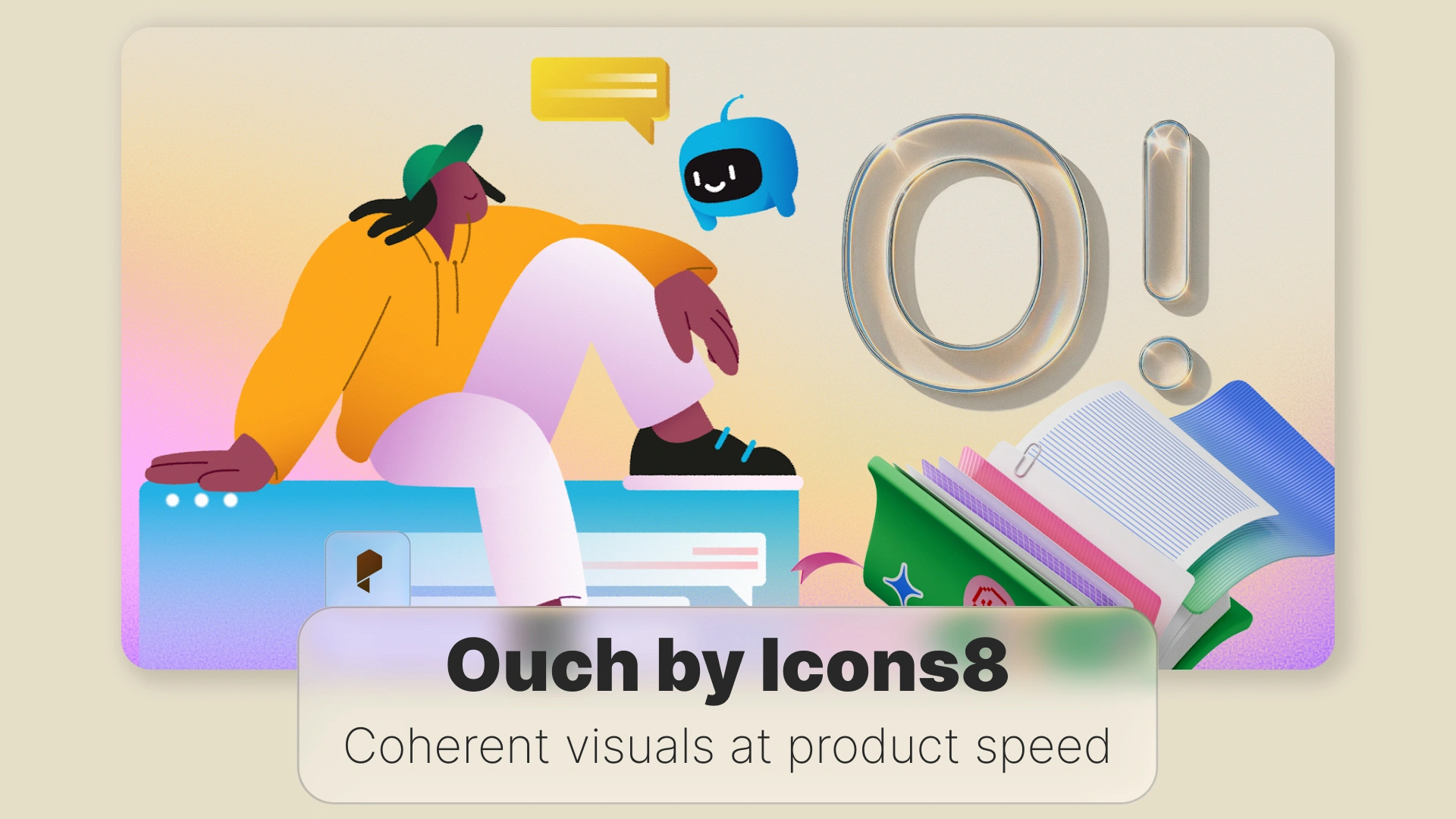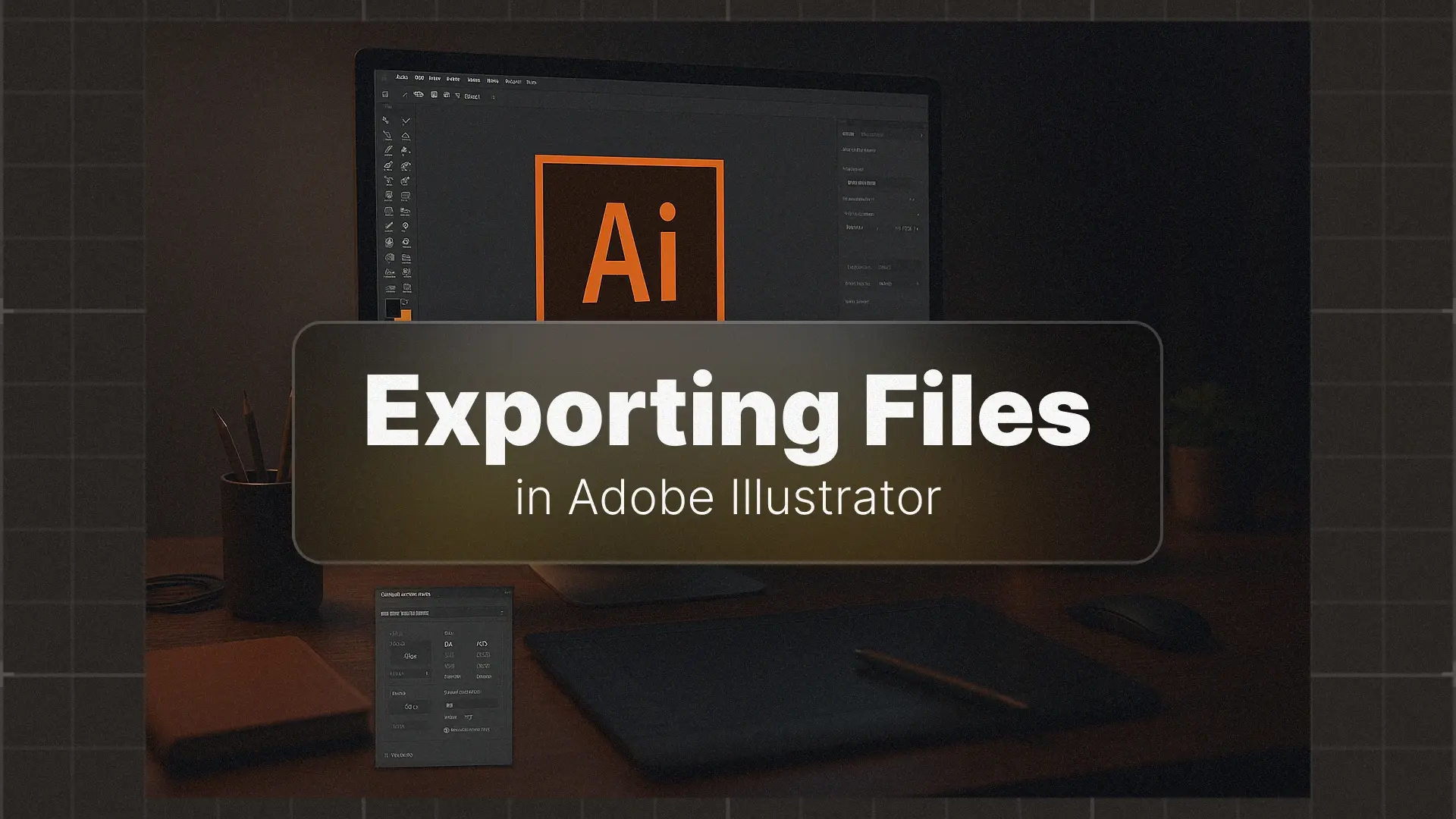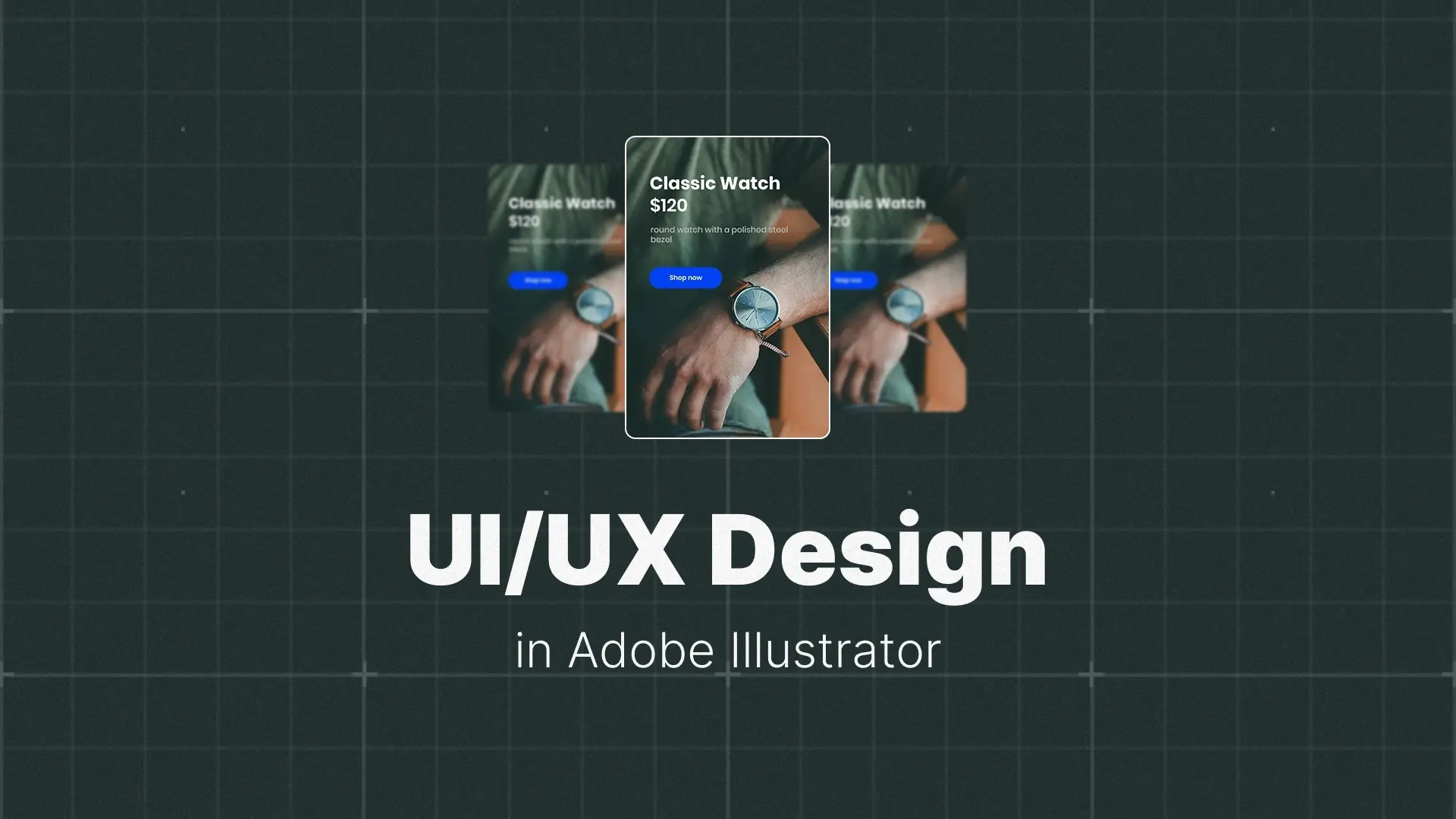How to Make a Business Card in Illustrator (A Print-Ready Guide)
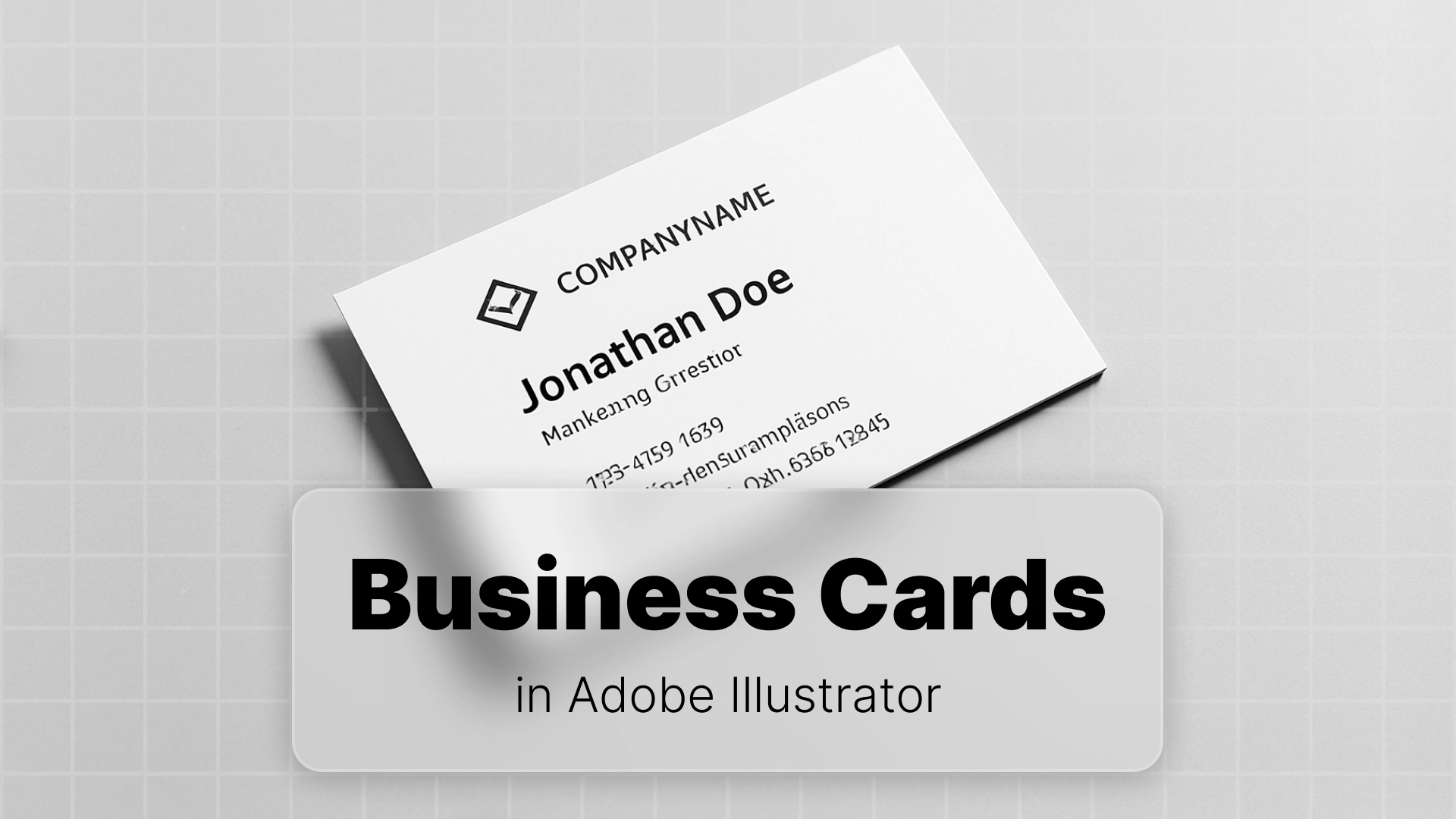
Cards in Illustrator
And when it comes to precision and control, Adobe Illustrator is the industry standard. With its powerful vector-based tools, you can design crisp, clean cards that are not only beautiful but also print-ready.
This guide will walk you through how to make a business card in Illustrator from start to finish — including setup, design, and exporting — so your card looks flawless straight out of the printer.
Professional Illustrator Templates
The Most Important Step: Document Setup for Print
Standard Business Card Size and Bleed
Before diving into design, the Illustrator business card setup is critical. The correct dimensions ensure your card prints properly and looks professional.
- Standard Size:
- US: 3.5 x 2 inches
- Europe: 85 x 55 mm
- Bleed Area:
Bleed is a vital printing component. It refers to an extra 0.125 inches (or 3 mm) around the edges of your design. This space ensures that your background or images extend beyond the trim line, avoiding unwanted white borders when cut.
How to Add Bleed in Illustrator:
When creating a new document, simply:
- Go to File > New
- Set width and height (e.g., 3.5 x 2 inches)
- Under Bleed, input 0.125 in (or 3 mm) on all sides
Now your business card size in Illustrator will include the correct bleed — a crucial detail for a print-ready business card in Illustrator.
Safety Margins and Trim Lines
Even with bleed accounted for, you’ll want to avoid placing important elements too close to the edge. Use a safety margin of at least 0.125 inches inside the trim line. Keep all text and logos within this area to ensure they don’t get cut off during trimming.
Color Mode and Resolution
Printers don’t use RGB. Always set your Illustrator file to CMYK color mode for accurate color reproduction.
- Color Mode: CMYK
- Raster Effects: High (300 ppi)
Go to File > Document Color Mode > CMYK Color, and set Raster Effects in Effect > Document Raster Effects Settings.
Designing Your Business Card Layout
Information Hierarchy: What to Include
Keep it simple and focused. Here’s the essential information for any visiting card design in Illustrator:
- Your Logo
- Your Name
- Job Title
- Phone Number
- Email Address
- Website or Portfolio URL
Make sure your content hierarchy is clear — the most important info (usually your name or company name) should stand out the most.
Choosing a Readable Font
When thinking about the best font size for business card Illustrator, clarity matters. Here are safe ranges:
- Name / Title: 9–11 pt
- Contact Info: 7–8 pt
Stick to simple, clean fonts. Sans-serifs like Helvetica, Montserrat, or Open Sans work well. Your goal is legibility, especially at small sizes.
Creating a Clean Layout
Use alignment tools and grids in Illustrator to organize your layout. Consider centering your content or aligning it to the left or right for a modern look.
Use guides to align text and logos precisely. For maximum impact, your logo should be prominent but not overwhelming.
Need inspiration? Browse ready-made templates from the Pixflow Illustrator Templates Library to speed up your design process.
How to Design a Double-Sided Business Card
Using Artboards for Front and Back
Want to make a double-sided business card in Illustrator? No problem.
Here’s how:
- When creating your document, set the number of artboards to 2
- Arrange them side by side (horizontal) for easy navigation
Now, Artboard 1 can be the front, and Artboard 2 the back of your business card.
This approach is ideal for how to make a two-sided business card using artboards.
Ideas for the Back of Your Card
The back of your business card is valuable real estate. You can use it to:
- Display a large version of your logo
- Add a catchy tagline or QR code
- Show a social media handle or call to action
- Use a stylish pattern or background design
You can even create a vertical business card template in Illustrator for an unconventional, attention-grabbing design.
The Pro Step: Preparing Your File for the Printer
Outline All Text (Ctrl+Shift+O)
Fonts may not embed correctly when sending files to a print shop. Avoid this by converting all text to outlines:
- Select all text
- Press Ctrl+Shift+O (Cmd+Shift+O on Mac)
This ensures your typography prints exactly as intended. This is essential for any outline text Illustrator business card.
Embed All Images
If you’ve used raster images (like a photo or background texture), make sure they’re embedded.
- Go to Window > Links
- Select linked images and use the menu to Embed
How to Save as a Print-Ready PDF
Now it’s time to export your business card for print in Illustrator.
Here’s how:
- Go to File > Save As
- Choose Adobe PDF
- Select [High Quality Print] from the preset options
- Under Marks and Bleeds, check “Use Document Bleed Settings”
This is how to save a business card as a print-ready PDF in Illustrator.
Need a head start? Check out the ready-to-use Adobe Illustrator templates available on Pixflow.
Conclusion
✅ You understand the correct dimensions for a business card in Illustrator
✅ You know how to outline text and embed images
✅ You’re ready to export a print-ready business card that looks exactly the way you designed it
Start designing today — and when you’re ready to create the perfect logo to go with your card, check out our step-by-step guide:
👉 Designing Logos in Illustrator
Disclaimer : If you buy something through our links, we may earn an affiliate commission or have a sponsored relationship with the brand, at no cost to you. We recommend only products we genuinely like. Thank you so much.

